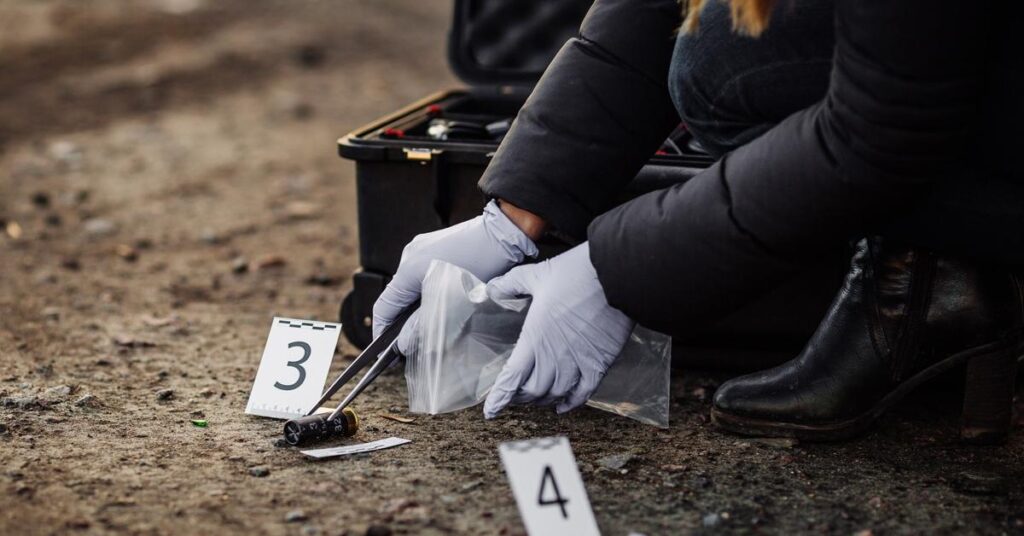Every year, thousands of people are killed in the United States and many others across the globe. These tragic deaths often leave behind grieving families and communities, but they also require a thorough investigation to bring justice to the victims and their loved ones. Homicide investigations are complex and time-consuming, requiring a high level of skill and expertise from law enforcement officials.
While each homicide case is unique, certain steps must be taken during an investigation to ensure a thorough and accurate process. In this article, we will take a closer look at the key components of a homicide investigation and the best practices for handling such cases.
The Initial Response
The first step in a homicide investigation is the initial response to the crime scene. This requires coordination between various law enforcement agencies, including local police departments, forensic teams, and medical examiners. The goal of this initial response is to secure the crime scene and gather evidence before it can be contaminated or destroyed.
Gathering Evidence
Once the crime scene has been secured, the focus shifts to gathering evidence. Many different types of evidence can be collected.
Witness Statements
One crucial type of evidence is witness statements. Law enforcement officials will interview anyone who may have information about the crime, including victims, witnesses, and suspects. These statements can provide valuable insights into the case and help investigators piece together what happened.
Physical Evidence
Physical evidence, such as DNA, fingerprints, and weapons, can also play a crucial role in homicide investigations. Forensic teams are responsible for collecting and analyzing this evidence to determine its relevance to the case.
Legal Considerations
As with any criminal case, there are legal considerations that must be taken into account during a homicide investigation. This is where the expertise of a criminal lawyer comes into play. In the state of Utah, for example, having a skilled and experienced criminal lawyer can make all the difference in building a strong defense or negotiating a favorable plea deal. A lawyer can also advise law enforcement officials on proper procedures and ensure that their actions do not violate any laws or constitutional rights.
When suspects or witnesses are interviewed, law enforcement officials need to follow proper protocols and ensure that all statements are taken accurately and without coercion. Any violation of these procedures can potentially jeopardize the case and lead to a mistrial or dismissal of charges.
Collaborative Efforts
Homicide investigations also require a collaborative effort between various teams and agencies. This includes forensic experts, medical examiners, and crime scene technicians working together to analyze evidence and reconstruct the events leading up to the murder.
Close communication and collaboration between all parties involved is crucial to ensure a thorough and accurate investigation. This may also involve working with other state or federal agencies, such as the FBI or ATF, when necessary.
The Role of Technology
Advances in technology have greatly improved the efficiency and accuracy of homicide investigations. For example, DNA analysis can now be completed in a matter of hours instead of days or weeks, greatly expediting the investigation process. Additionally, crime scene reconstruction software and virtual reality technology allow investigators to recreate the scene and analyze evidence in a more detailed manner.
However, law enforcement officials need to be properly trained in using these technologies and ensure that they are used ethically and within the boundaries of the law.
Conclusion
Homicide investigations require a meticulous and collaborative effort from all parties involved. From the initial response at the crime scene to gathering evidence, considering legal implications, and utilizing technology, each step plays a crucial role in building a strong case and bringing justice to victims and their loved ones. By following proper procedures and working together effectively, law enforcement officials can ensure that homicide cases are thoroughly investigated and perpetrators are held accountable for their actions.
